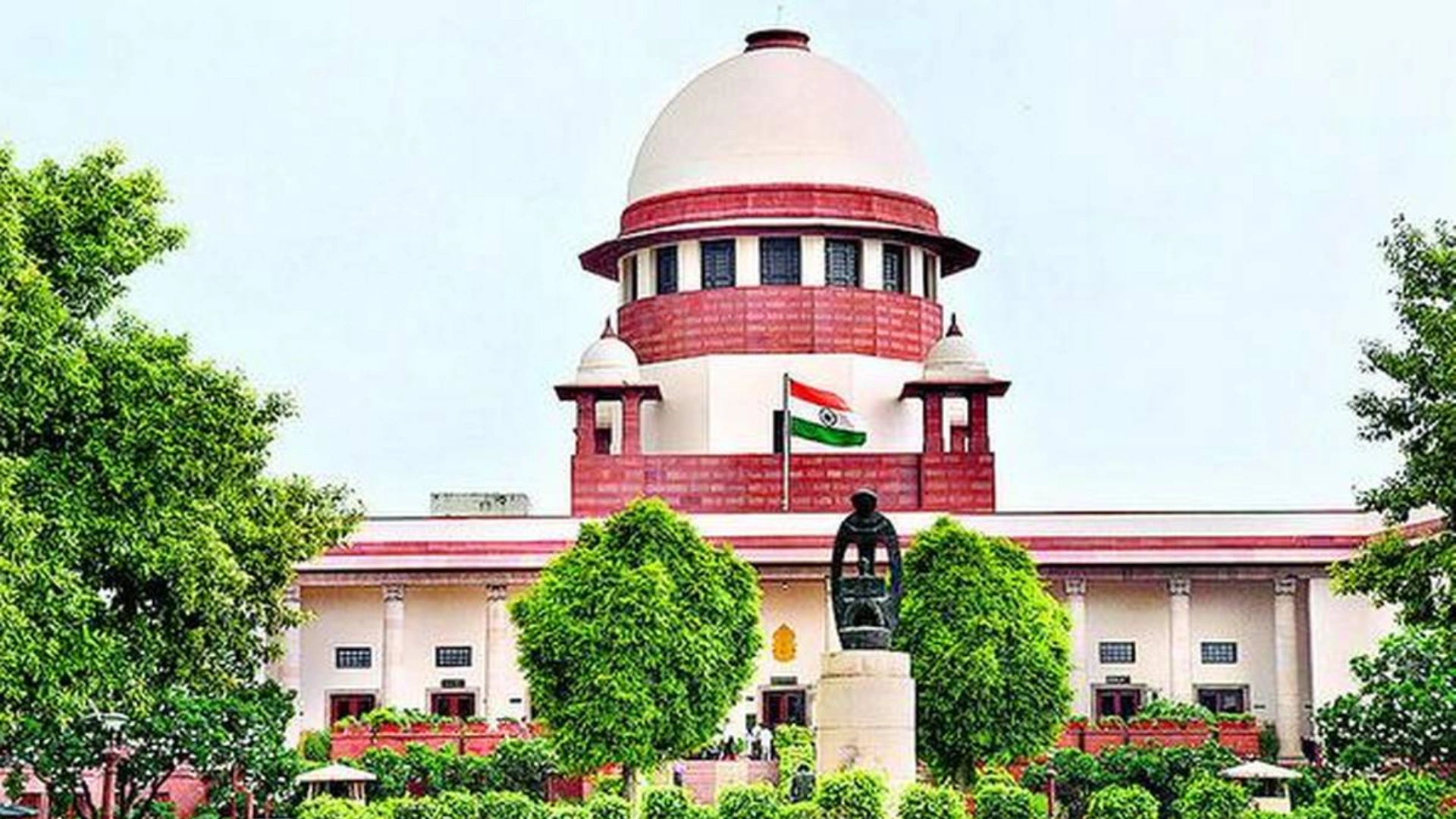| ➡️ Get instant news updates on Whatsapp. Click here to join our Whatsapp Group. |
The Supreme Court has set aside the Gauhati High Court’s 2013 directive requiring banks to deploy security guards at all ATMs round the clock. The decision came after several banks argued that the measure was impractical.
A bench comprising Justice B.R. Gavai and Justice K. Vinod Chandran ruled in favor of banks, making absolute the interim relief granted in December 2016. Solicitor General Tushar Mehta, representing banks including State Bank of India, Punjab National Bank, and Bank of India, contended that maintaining security guards at every ATM was unfeasible.
Banks Argue Practical Challenges
The banks challenged the High Court’s directive, stating that modern security measures, such as CCTV surveillance, were more effective. Mehta pointed out that in Assam alone, there are over 4,000 ATMs, making it impractical to station guards at each one. He emphasized that ATMs operate 24/7, making it difficult to implement security during “opening hours,” as suggested in a later modification by the High Court.
The Reserve Bank of India (RBI) and the Ministry of Finance supported the banks’ stance, agreeing that it was not feasible to comply with the High Court’s order. However, banks accepted other directives related to ATM security.
Background of the Case
The High Court had issued its directive in response to a suo motu PIL based on a report from The Assam Tribune. The case arose after a customer lost ₹35,000 from his account just minutes after withdrawing ₹5,000 from an ATM.
As part of its security measures, the High Court had ordered:
- Deployment of security guards at all ATMs round the clock.
- Ensuring functional CCTV cameras at all times with an alarm system for malfunctions.
- Prohibiting entry into ATM chambers with helmets, mufflers, or caps to conceal identity.
- Verifying the background of temporary workers and canteen staff in banks.
While the Supreme Court set aside the first directive regarding security guards, the remaining guidelines remain in force.
With this ruling, banks will continue relying on CCTV surveillance and other security measures rather than mandatory security personnel at ATMs.
